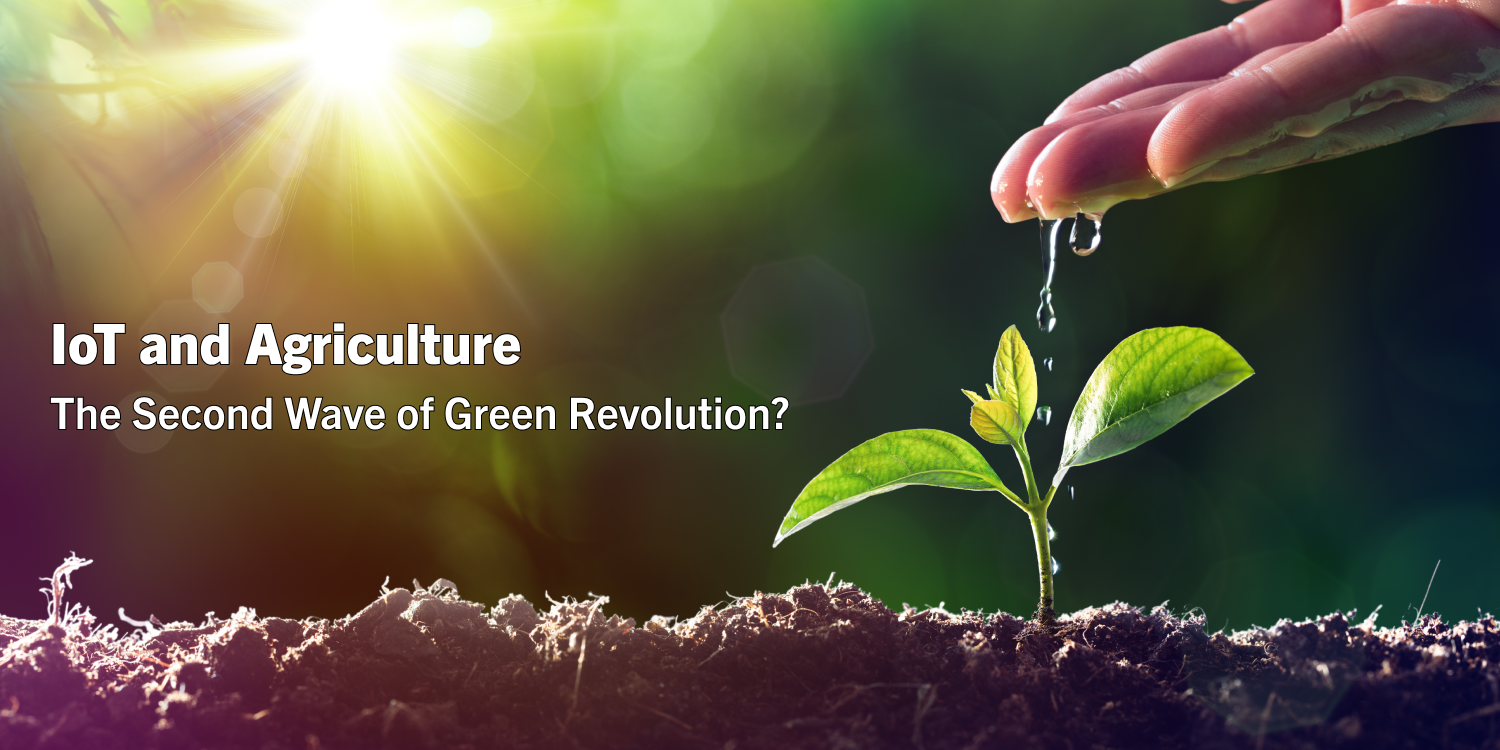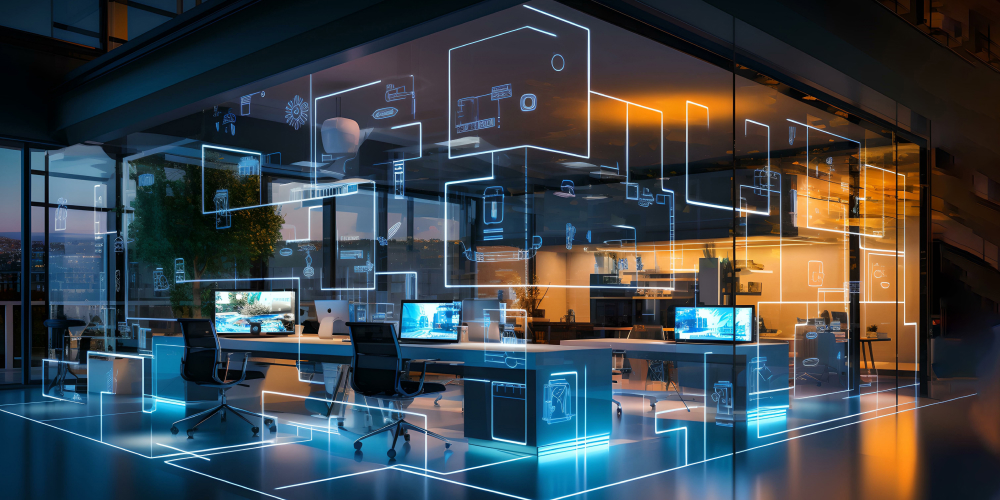The Internet of Things or IoT is a milestone in the evolution of technology that predicts that 2016 will see the rise of over 6 billion connected “things”. Gartner defines the Internet of Things as “the network of physical objects that contain embedded technology to communicate and sense or interact with their internal states or external environment”. The application of the Internet of Things has expanded its horizon to create possibilities for smart homes, intelligent wearables, smart cities, industrial Internet, connected cars, and smart supply chains. How can the Internet of Things impact and enhance agriculture? When employed in agriculture, the Internet of Things aims to increase productivity, minimize waste, and get rid of pests effectively. With a well-planned matrix of strategies embedded in the connected devices, the Internet of Things in agriculture can provide a leap toward catering to the needs of a constantly expanding population.
Precision Agriculture
Precision agriculture is the modern mode of farming technology. It primarily involves the processing and analyzing of gathered data to gain insights into how harvest can be efficiently increased. Precision Agriculture is entering the agriculture domain with a full-fledged force. This methodology focuses on collecting data and undertaking predictive analytics to enhance crop preservation, seed technology, and nutrition. The traditional method of understanding the land to increase yield and protect crops was dependent on a set of field specialists who physically evaluated the region jotting their observations on notepads. The collected data would be later analyzed for the forecast. Now, with the use of high-quality sensors, the data can be accurately collected while the capacities of field specialists are employed mainly in finding solutions and tools for increased productivity. The IoT connected devices stream live data on the land allowing data-informed decisions on planning the resources and harvesting of crops.
Contribution of IoT to Agriculture
Predictive weather models are constructed using two types of information:
- Live data on local weather conditions including the status of the soil (temperature, humidity)
- Data collected over time on the growth of plants and the climate of the region.
By organizing and analyzing the live and collected over time data, companies can build models that allow farmers to take pre-emptive action for the healthy harvest of their crops. The live data is collected using the sensors which are placed across the land.
Apart from sensors that are focused on the crop harvest, a series of other IoT-enabled technologies are also used for other farming purposes:
- Tracking the condition of farming equipment
- Smarter irrigation systems fueled by information on temperature and humidity
- Setting auto temperature for storage space and mapping the condition of individual/batches of products
- Counting and tracking of pests to instantly regulate the pest control system
- Internet of Animal Health Things (IoAHT) which gathers data on the health of the livestock and permits insight into the required diet or medical attention.
IoAHT involves the placement of devices in animals that assemble comprehensive information about their bodies. The foremost concern is to ensure that the animals are not hurt in such a process. And from a business viewpoint, it reduces the cost of labor and capital involved in their caretaking. The potential of IoAHT is also being explored in the domain of pets where devices can track and inform the owners about their pet’s health regularly.
IoT Agriculture Apps
Agricultural IoT apps track the data of wireless sensors and ready it for predictive analytics. Here are a few IoT agriculture apps that are pioneering the second wave of the Green Revolution:
- Phenonet Project (Openiot)
Phenonet Project assists plant breeders in examining the condition of different wheat types by measuring the air temperature, soil temperature, and humidity. The farmers can predict the harvest time, enhance the nutritional value of plants, and regulate the plant irrigation timings.
- CLAAS Equipment
One of the world leaders in agricultural engineering tools, CLAAS produces equipment that runs on autopilot, which provides advice on increasing crop flow and reducing loss. Farmers can customize the program to fit their needs or allow the program to optimize the equipment automatically.
- PrecisionHawk’s UAV Sensor Platform
PrecisionHawk has introduced an Unmanned Aerial Vehicle (UAV) which performs a series of land-related tasks previously left to manual labor. This involves surveying, imaging, and mapping of the land.
The Second Wave of the Green Revolution
The mid-20th century saw the rise of a second Green Revolution backed by scientific advances. The crop yield was amplified greatly even in places where the land area was decreased. As the human population continues to grow drastically (the world population is predicted to touch the heights of 9.7 billion by 2050), IoT is creating ways to manage and respond to the expanding food demands. Along with IoT, other innovations like “scuba rice” are also being introduced.
With a gradually evolving Internet of Things, one can predict that eventually, agriculture will involve a highly systematic network of devices that constantly collect data and permit the farmers to produce soil-specific crops and to innovate on new types of plants that can be grown on the land.
How do you think IoT can propel the second wave of the Green Revolution? Share your thoughts with us. To know more about Milestone’s expertise in the Internet of Things, feel free to write to us at itsolutions@milestone.tech.




